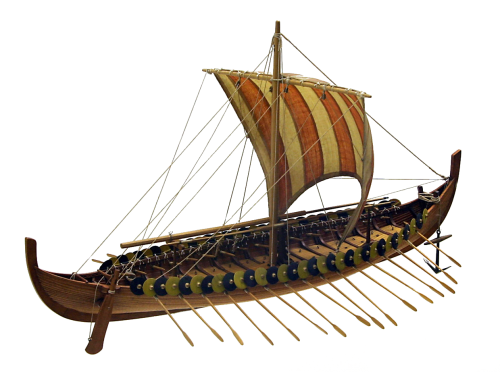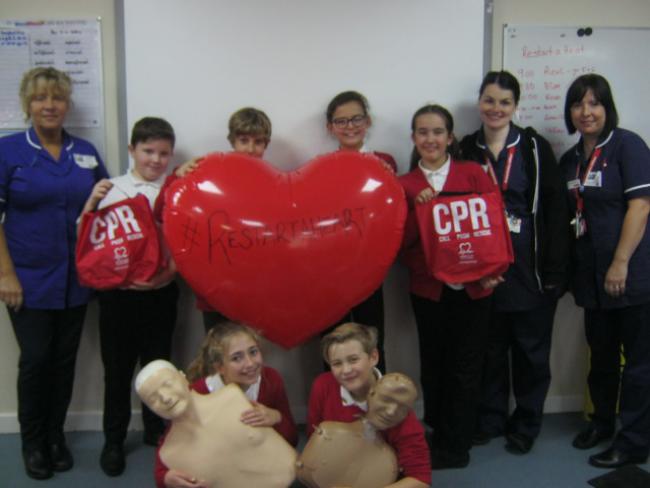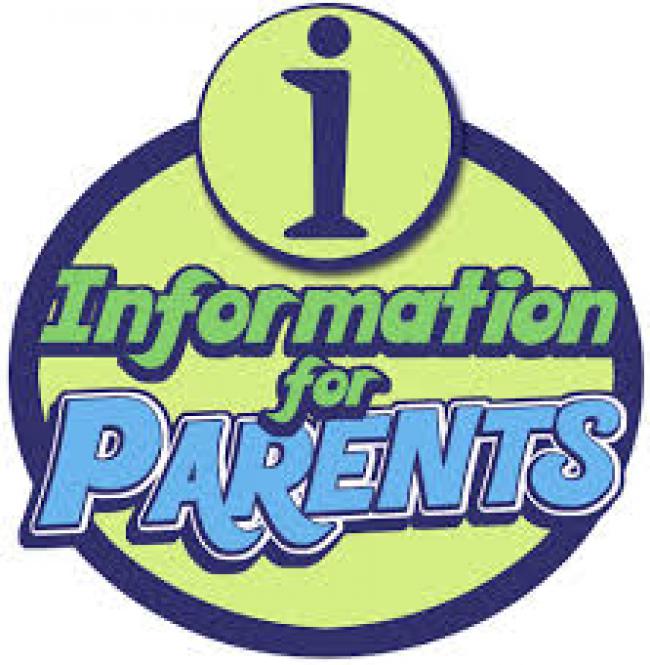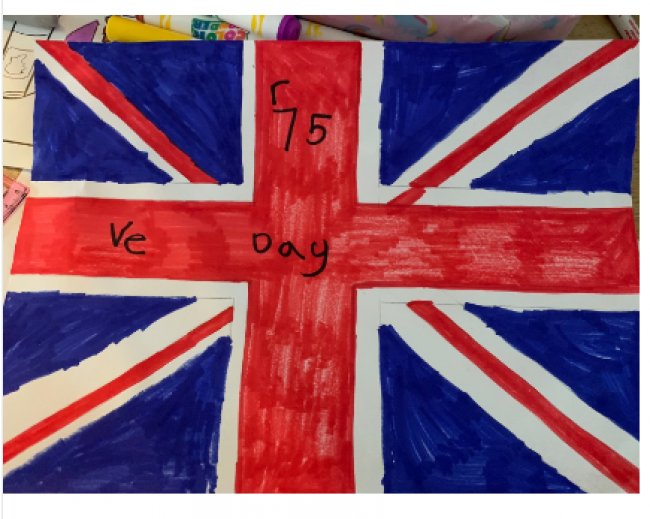You might find some of these links on the Saxons and Vikings useful and interesting:
In English we will be looking at Writing to Inform, considering the ways in which we can use language and structures to help to convey information to the reader. We will also look at grammatical features of non-fiction writing, such as tenses and the use of subordinate clauses to add extra information. We will use the Horrible Histories series of books to look at information writing for young audiences, and at biographies for famous people.
Towards the end of the term we will be studying narrative poetry, focusing on the poem The Highwayman by Alfred Noyes. This 100-year-old poem tells an exciting story of adventure and crime.
How to help at home |
||||||||||||
|---|---|---|---|---|---|---|---|---|---|---|---|---|
|
You can also practise using different tenses for speaking and writing, or picking them out in reading. There are two main forms for each tense – the simple and the progressive:
Notice how the progressive tense uses a form of the verb “to be” before the main verb, which ends in –ing. How many places can you spot these different versions being used? |
Mr Tidd's and Mr Williamson's Maths groups will be looking at multiplication and division. This will include basic multiplication and division facts,as well as using these for written calculations, solving problems and finding the area of 2-dimensional shapes. Mr MacLeod's group will be focusing on Geometry, learning about reflections and translations of shape, and measurements, including conversions of measures.
How to help at home |
|---|
|
The 'Hit the button' game online is particularly good for practising quick recall of number facts, including tables and division facts: Hit the Button When your child has been taught one of the written methods of calculation, ask them to explain to you how to solve a problem, making sure that they explain why they carry out each step of the process. You can find many videos explaining calculation methods online, such as this one explaining Long Multiplication. |











